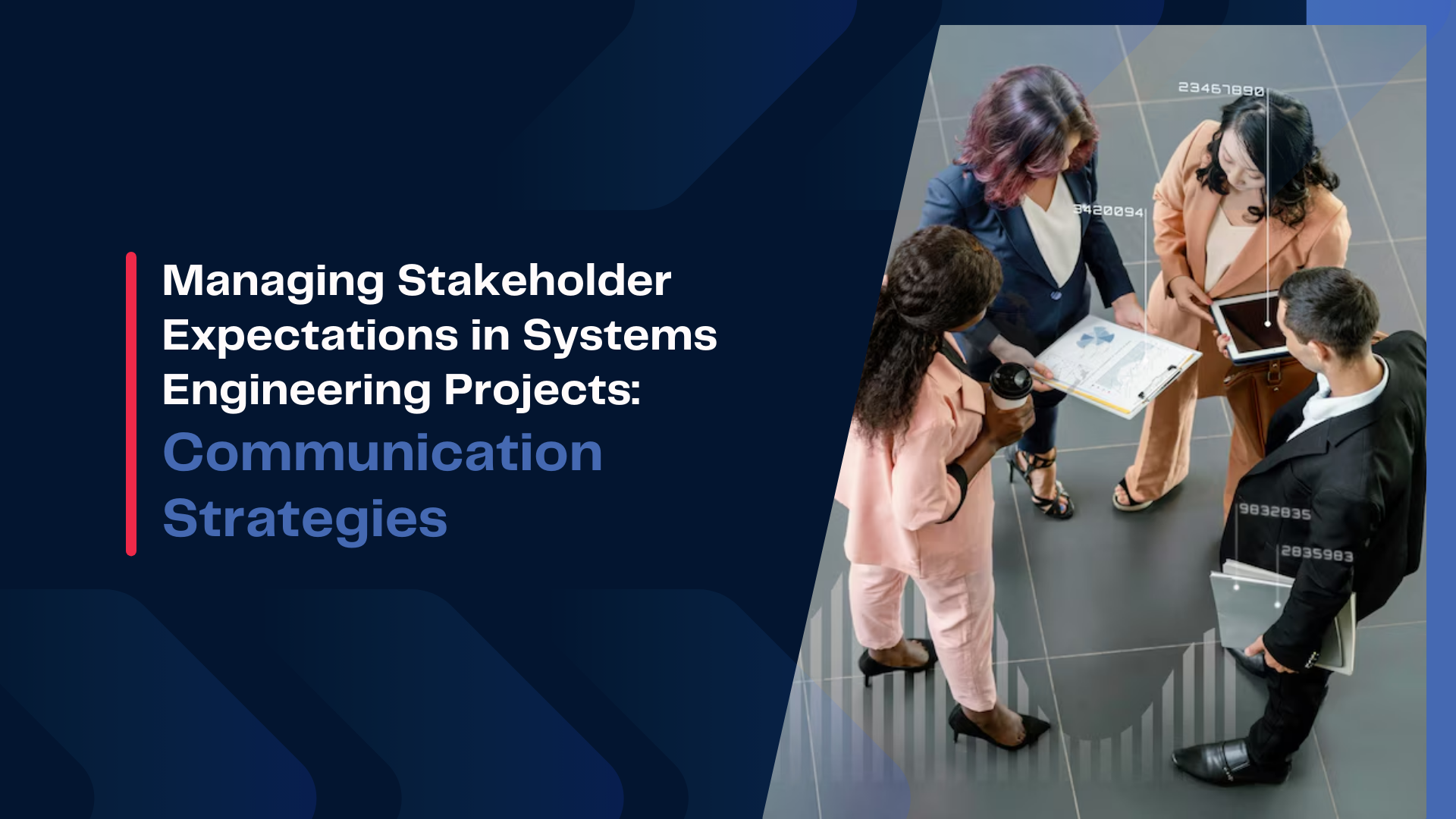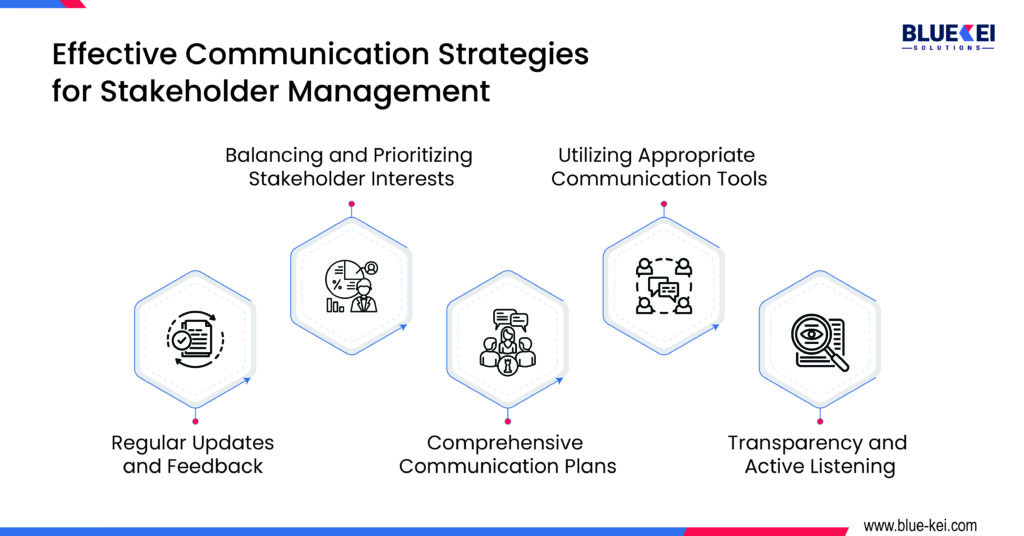Managing Stakeholder Expectations in Systems Engineering Projects:
Communication Strategies
As products are becoming intricate to meet evolving demands, the need for effective stakeholder management in projects has become paramount. According to a recent paper published on ResearchGate, “The most common cause of project failure is miscommunication.” This highlights the critical role that communication plays in ensuring project success. In the realm of multidisciplinary complex engineering systems, where multiple stakeholders with varied interests are involved, the challenge intensifies. In this article, I’ll delve into the importance of managing stakeholder expectations and explore communication strategies to navigate these challenges effectively.


Stakeholders in systems engineering are typically categorized into customers and other interested parties. Effective identification methods include brainstorming sessions, interviews, surveys, document reviews, and leveraging established frameworks or models. Recognizing the diverse roles stakeholders play, the ISO/IEC 15288 standard specifically outlines four types of system stakeholders: customers, users, suppliers, and maintainers.
The Stakeholder Value Network (SVN) model is also an important tool that helps analyze interactions and value exchanges between the stakeholders involved in engineering projects. These exchanges are prioritized by stakeholder importance and needs and embedded into the organizational architecture to achieve goals.
The RACI matrix is a valuable tool for assigning clear responsibilities and accountabilities in relation to system activities or deliverables, ensuring all stakeholders are appropriately engaged. Furthermore, prior to initiating any preliminary design work, constructing a Stakeholder Influence Map is recommended. This involves brainstorming potential stakeholders, identifying natural groups, and reviewing the influence map to ensure comprehensive stakeholder representation and engagement.
- ● Regular Updates and Feedback Mechanisms: Ensure continuous stakeholder engagement by providing consistent project updates and gathering feedback.
- ● Balancing and Prioritizing Stakeholder Interests: Manage diverse stakeholder needs by effectively balancing and prioritizing their interests.
- ● Comprehensive Communication Plans: Develop detailed communication plans that outline methods and schedules for stakeholder interactions.
- ● Utilizing Appropriate Communication Tools: Employ the right tools to facilitate clear and efficient communication with stakeholders.
- ● Building Trust through Transparency and Active Listening: Foster trust by being transparent and actively listening to stakeholder concerns and inputs.
For a systems engineer while managing complex system development, it’s crucial to address any issues or conflicts that may arise among stakeholders. Ensuring all voices are heard and considered is fundamental to maintaining project harmony and progress. Regularly monitoring project performance against the management plan using tools like Earned Value Management (EVM) helps in identifying discrepancies early and adjusting strategies promptly.
- ● Employing both formal and informal communication channels appropriately, such as reports for formal communications and chats for more casual updates.
- ● Encouraging active engagement through feedback mechanisms where stakeholders can voice their concerns and provide suggestions.
If you are facing any challenges in your projects, contact our seasoned systems engineers to help you out.
If you are interested in understanding how to adopt systems engineering and model based systems engineering practices within your organization, reach out to BlueKei Solutions team at info@Blue-Kei.com. We specialize in systems engineering consulting, project executions, process adoptions such as compliance to ISO15288, ARP 4754A, ISO 42020, digital transformations. We can also conduct capability development workshops which are experiential and tailored to your needs. With systems engineering adoption you can address the complexity, manage evolving risks and bring transformation in communication within your organization through digitalization and create the digital thread.

